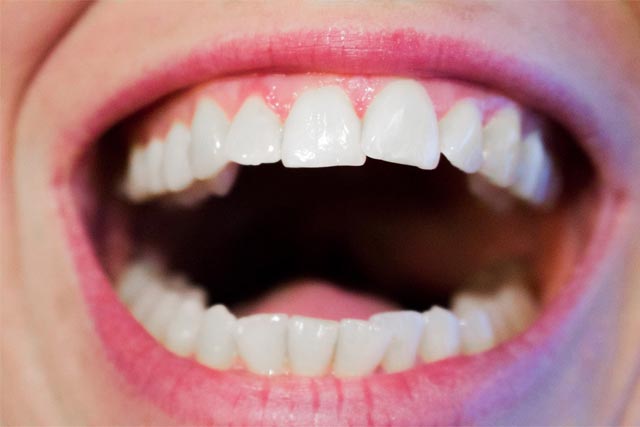Dental Veneers
Veneers are a quick and long-lasting way of fixing teeth that have chipped, stained, misaligned, irregularly shaped or worn-out. They are shells that have been custom-made to a specific design so that they can be bonded to the surface of teeth to enhance their overall appearance, improve one’s smile and boost their confidence.
Although they don’t easily crack, their biggest selling point is how natural they look. Veneers look fresh, gleamy and have the ability to modify the shape, size, color, and length teeth according to one’s desires. However, it may be quite difficult to decide which veneers to choose between porcelain and composite. Here are a few considerations to consider before making that decision. You can also approach Midtown dental care for guidelines on the best options for them.
Porcelain Veneers
Porcelain veneers look natural to a point where it may be difficult to differentiate which teeth are real and which ones have veneers. Porcelain veneers are treated to match everything about an individual’s natural teeth including the shape and size. They are long-lasting, resistant to stains, and quite strong. When placing the veneers, some enamel has to be chipped away and removed, which makes this procedure irreversible. Thus, one must be absolutely certain about the procedure before going for it. Porcelain veneers may be quite costly depending on individual circumstances. They can last anywhere between ten to twenty years.
Porcelain veneers should be made in a lab. During an initial visit, small impressions of one’s teeth are removed and taken to the lab to be studied. The dentist wants to get the correct shade of the enamel before making the veneer. It takes about a week or two to make a porcelain veneer and the dentist may place temporary veneers on the teeth. When ready, the dentist will bond the veneers on the enamel using a light-sensitive resin.
Composite Veneers
Composite resin is another common material used for veneers. It’s a tooth-colored material that is less expensive than porcelain veneers. It can be made and replaced in a dentist’s lab during a single visit. The dentist will first work on the teeth, preparing and reshaping it before choosing a shade and sculpting the material directly on the teeth. It’s then exposed to a certain light, which hardens it and bonds it securely on the enamel. The finishing touch includes smoothing and polishing the resin to give it a natural appearance.
Compared to porcelain veneers, composite veneers are easier to prepare and therefore cost less. Everything can be done in one appointment whereas porcelain veneers require a much longer period. This quality makes composite veneers very suitable for younger patients but is also the reason why they have a shorter lifespan and wear down faster.
Conclusion
Veneers are a long-term and irreversible commitment, thus one must be fully informed about the procedure and the options before deciding which one to go for. One should schedule an initial consultation with the cosmetic dentist to talk about which improvements they want and how to best approach them. The dentist might design a model to preview what the final look would be. Once the treatment plan is agreed upon, one can continue with the procedure. A great dentist can help an individual determine which veneer is suitable for them, and how one can best improve their appearance.
Wahab Ullah Amjad
Recent Posts
- Castor Oil For Better Hair Growth: Is It Myth Or Fact?
- Exploring the Differences Between Sermorelin, Ipamorelin, Ibutamoren, GHRP2, and GHRP6: Understanding Their Role in Human Growth Hormone Regulation
- Unraveling the Mystery: Understanding the Causes and Prognosis of Ventricular Tachycardia Without Apparent Heart Disease
- Understanding Grandparents’ Rights in Oklahoma: Navigating Visitation and Legal Protections
- 10 Reasons to Consider Hypnotherapy for Your Health

